The Combined UK and French Joint Expeditionary Force has moved from concept to reality with more than 5,000 personnel from the two countries coming together for Exercise Griffin Strike.
The Combined Joint Expeditionary Force is envisaged as a deployable, combined Franco-British military force for use in a wide range of crisis scenarios, up to and including high intensity combat operations. As a joint force it involves all three armed services: a land component composed of formations at national brigade level, maritime and air components with their associated headquarters, together with logistics and support functions.
Defence Secretary Michael Fallon said:
“This joint force will combine the might of two of the world’s biggest militaries, backed by our rising defence budget. It will enable us to deploy rapidly with our French allies, helping to keep Britain safe while contributing to security in the world.”
French Defence Secretary Jean-Yves Le Drian said:
“France and the UK share common security interests. In order to face high level domestic and international threats it is now more than important to continue to strengthen our operational cooperation between our two countries.”
The CJEF is planned to be able to deploy maritime, land, and air components with the CJFHQ commanding these either directly or via individual component commanders.
- A maritime component of up to a naval task group based on one or more capital ships, with the maritime forces required to conduct a particular CJEF operation being primarily depend on the circumstances. The component may include any combination of UK and French maritime assets gathered in a task group, and commanded from a UK/French combined headquarters that could be led by either nation.
- A scalable land component of at least a UK battle-group and a French battle-group. It is to be capable of conducting non-enduring, complex intervention operations, facing multiple threats up to high intensity. It is planned as a high-readiness force using existing national high readiness force elements – including lead elements at very short notice.
- An air component comprising an expeditionary air wing that is self-sufficient and capable of being generated within 10 days of activation. This will include all air assets across the full spectrum of air power roles. It is envisaged that the air component will be able to deliver the full spectrum of air effects.
- A logistics component with which the UK and France envisage collaborating to share the logistics support of the CJEF. Cooperative logistic planning is foreseen as commencing at the earliest opportunity and logistic operations will typically be commanded by a Combined Logistics Support Group headquarters, subordinate to the CJTF headquarters.


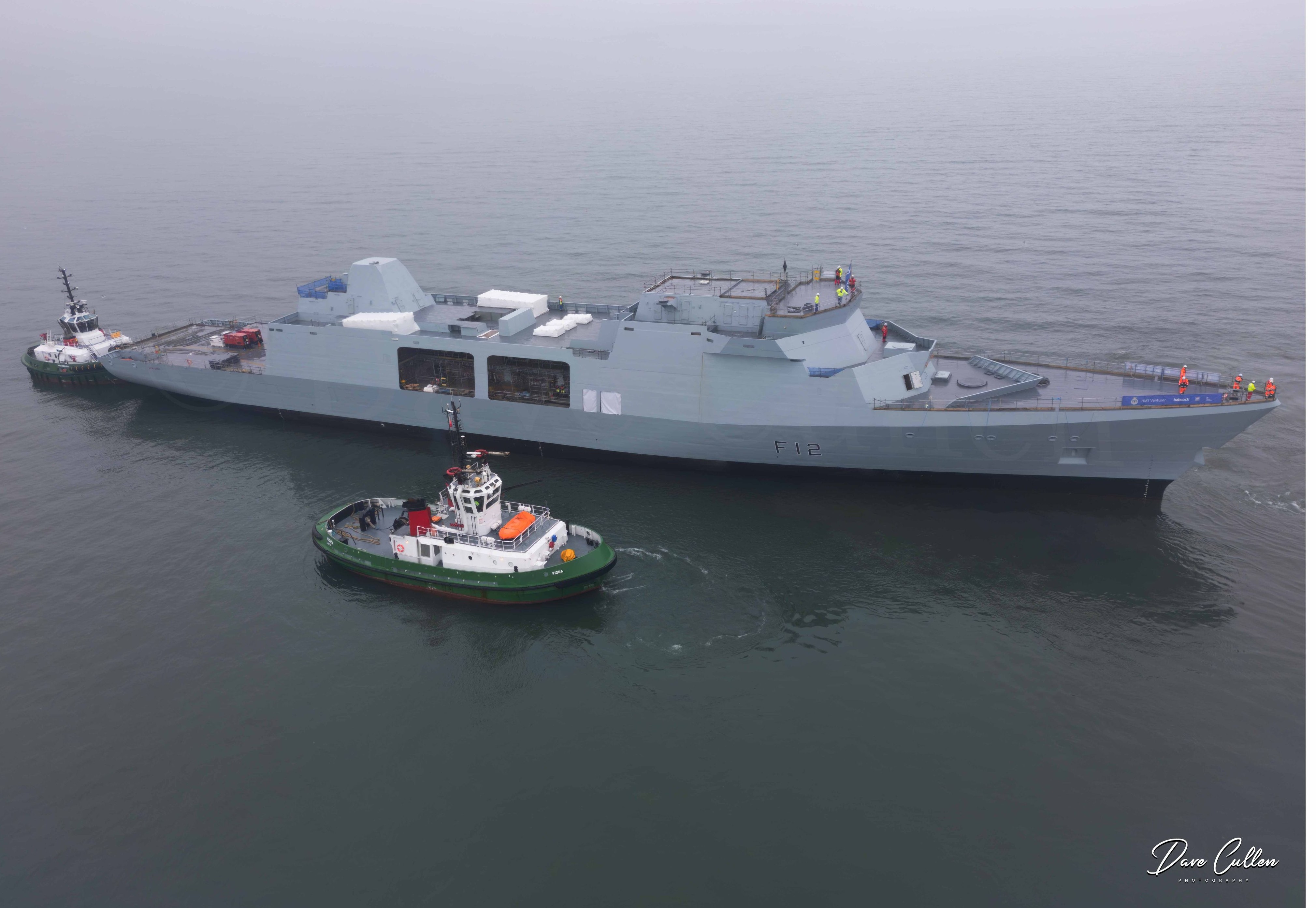
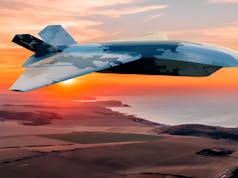

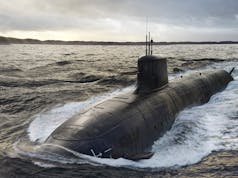
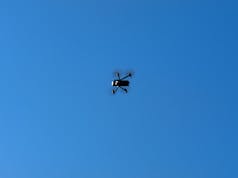



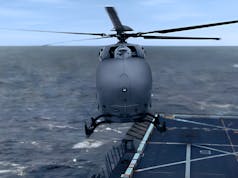

EXCELLENT…
Two world class militaries fighting alongside each other – about time.
1x f35b$98 million 1x super hornet $60.9 million, cancel 1 f35b and saving will pay for CATOBAR systems for queen elizabeth and prince of wales. carriers
I think it was a big failure of French defence policy not to build a second carrier so that at least one is available to them at all times.
Yes, but France has a problem we don’t have. Since they use the euro, they can literally run out of money in a way that a country with its own currency cannot. In defence matters, we are limited only by capacity and manpower. If we spend too much, we get some inflation. If France spends too much they can bust their budget.
Its probably a good thing they didn’t build 2… Old charlie de gaulle hasn’t been a beacon of reliability, success or cost effectiveness. Although technically more capable than conventionally powered carriers, it hasn’t really transformed into a reality in the real world…
With limited defence budgets, the priority has to be given to assets that are more useful. I suspect France looked at the advantages that a 2nd carrier brought and balanced them against what else they could spend the 2bilion on.
For the UK, I will never understand why we built such big carriers, as we will never see them carrying anywhere near their capacity in planes. It would have been better to build smaller carriers and spent the money on extra troops/sailors. If we still had a huge/medium size empire to defend, it would make sense but we don’t and so going it alone seems unlikely in the future.
I think the size of the carriers was judged to be the optimum size for what we will need them for particularly in respect of sortie generation , the F35B also has twice the deck footprint of the little harriers for example. In addition the new ships will be able to operate with a large contingent of Royal Marines and support helicopters including a more useful number of Merlins and Chinooks.
The Invincible class and HMS Ocean have proved moderately capable but they were always far too small, so I am glad we haven’t repeated the mistakes of the past and gone down the road of mini-carriers again.
The problem is we went with a half way house, a overly expensive large carrier without cat/trap meaning we have the more limited F35B’s.
Whilst on paper it seems like a good idea to have a bigger carrier, than the Invincible class, but you have to consider that the new carriers in reality it won’t ever carry them.
Also if we had gone cheaper smaller carriers, we could have also invested in a halo carrier to replace Ocean. Ok can’t compare prices directly but could have almost 4 wasp class LPD per QE.
Ok negative side of building 3 or 4 smaller carriers, is then you need more sailors and escort vessels, so maybe bigger option was a better option.
The thing is with the QE carriers is they are designed to do more tasks than invincible class carriers. Incorporating tasks that a LPH does, Carriers do and in a large part what Amphibious support ships such as HMS albion does, albeit without the LCU’s…
Creating a multi-platform vessel requires more sailors, more storage for ordinance, supplies and spares so therefore the QE is far larger than predecessors
Being able to transform the role of a vessel to changing requirements without refitting, sending out a second taskforce or operating outside operational parameters ensures a flexible and capable force.
Whilst i agree, cat traps would give us a more focused air projection force, perhaps even more capable, we wouldn’t have the flexible vessel that we will have in the QE. Even the size of the Nimitz and Gerald Ford class US carriers cannot perform the cross-ship capabilities that the QE will have. But then the USN budget is far superior to ours so they can build a force of ships suited to one particular task, something that the RN has had but now has gone from our capital ship designs…
The issue with this is that you can’t send a high value carrier to do the job of a LPH, because of the risks of getting too close to shore. This risk was seen in the falklands war where we were extremely lucky not to lose either of the carriers.
In peace time a vessel doing multiple roles works fine but if we ever went to war with a nation that could defend itself we are stuck because we wouldn’t risk such an expensive carrier to do the job of a LPH.
especially when th j.f.k decomissioned carrier is on hold to be used as a museum carrier!the u.k. could have bought it for a song
Ok maybe i have just proved my own point was bad with the Wasp class idea, since they are designed to operate close to the shore, although i suspect with a full carrier group covering their back side.
We do have other amphibious assets though, 3 x Bay Class and 2 x Albion Class (1 in extended readiness). Admittedly none have permanent hangar facilities (temporary hanger available for Bays if required) but both can lillypad helicopters up to Chinook size, have good landing craft facilities and pretty decent troop capacity. Sure, I’d prefer Ocean to get replaced with a couple of Mistral or Juan Carlos style vessels, possibly throwing RFA Argus into the mix to be replaced since it is old and both Mistral & JC classes have very good hospital facilities, but money is just too tight, which brings me on to cat & trap…
It’s hard to compare US & UK because the budgets available are so different. Arrested carrier landing is, as I understand it (I’m not a pilot) an incredibly specialist and difficult skill that requires constant practice and regular recertification. The US can afford to dedicate specialist naval pilots and planes to carriers in sufficient numbers to be able to fill flight decks in times of emergency. When we have 2 carriers, each capable of carrying at least 36 F35 in full load but in peace time probably only carrying 12 F35 on a single carrier, could we really keep 72 pilots trained and certified for arrested carrier landings were we to need to fully load both carriers? With our budgets I think the answer is no. Using F35B means that land-based pilots could be deployed with their planes to one or both carriers in an emergency which, if they all needed to have up to date arrested carrier landing certification, I just don’t think we could. OK, the compromise was the lower range & weapons load of the F35B vs F35C, but it’s given us that potential in the event of some Falkland-like crisis to power-project a very significant air wing (and who is to say what might happen somewhere, although probably not in the Flaklands, in the next 30 years). Also, even in the B configuration, the F35 should still be one heck of a step up on the Harrier that some like to harp on about.
Good point on the training, something i hadn’t thought about, although the French seem to manage it, but i guess they only have 1 carrier not 2. I assume a lot of the training can probably be done in a simulator now a days, which would bring down the cost. Pulling in non-navy fliers was used to good effect in the falklands, so this is probably a winning arugement for the B over the C.
The only real issue with the B’s is their range (well and their lack of an internal gun), with such expensive assets as the carriers, you need to keep them as far off shore as possible, which really limits the effectiveness of the jets. This was a big problem during the falklands where the carriers had to come too close and so were easily tracked and hard to defend. The positive side is that the f35b has a better range than the harriers and defensive radars on our ships are now significantly better at tracking targets across the land as well as sea.
The harrier was a good jet for its era, however what would have happened if Argentina had sidewinder missiles on their jets, the harriers would have been in serious problems. A jet that is not stealthy and can not hit supersonic speeds is very limited in 2016 and will be progressively so as even the tech advanced countries get decent SAM’s and missiles for their jets.
Let’s hope we never find out how effective the carriers are in a surge situation.